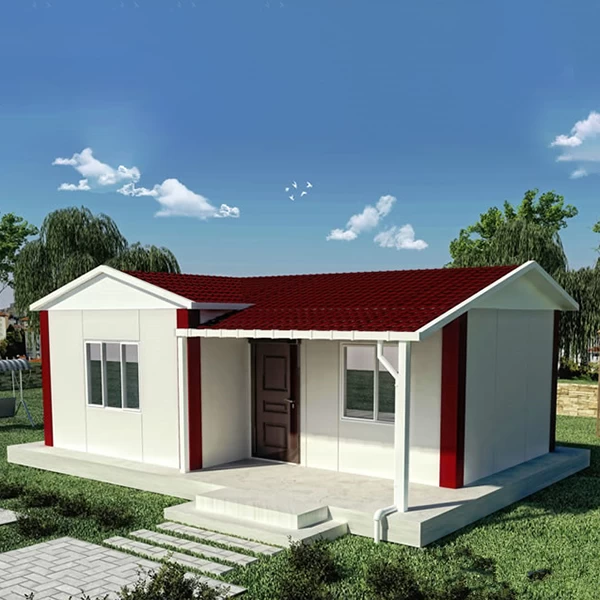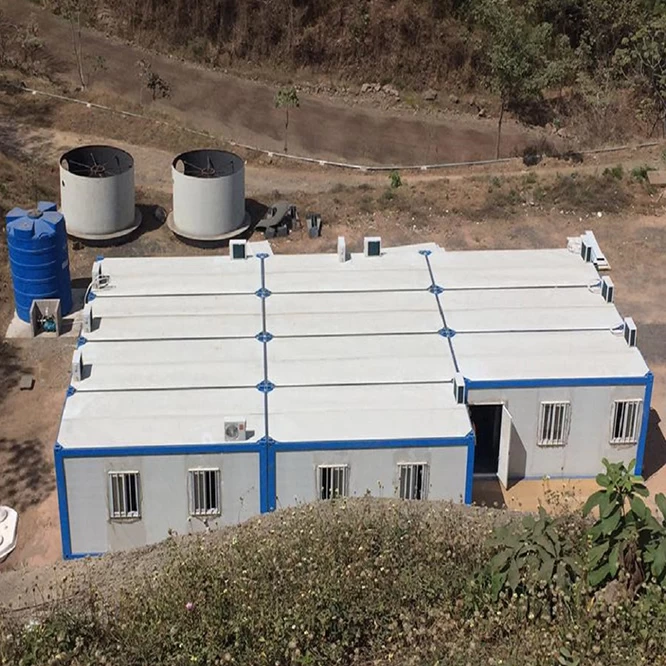The Rise of Prefabricated Housing: A Modern Solution to Traditional Building
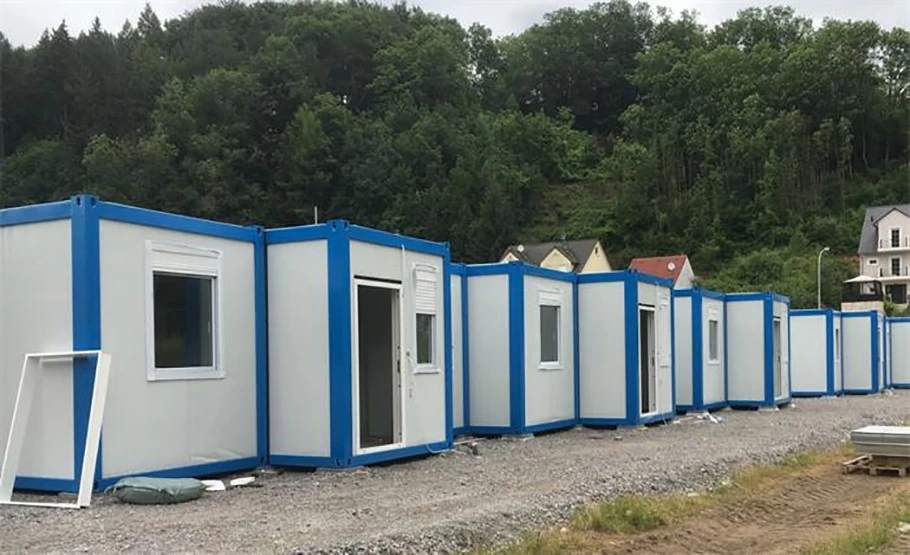 In recent years, the concept of prefabricated housing has gained significant traction as a modern and innovative approach to residential construction. Prefabricated houses, also known as prefab homes, are structures that are built off-site in a factory setting, then transported and assembled on-site. This method of construction offers a plethora of benefits that appeal to a wide range of homeowners and builders alike.
In recent years, the concept of prefabricated housing has gained significant traction as a modern and innovative approach to residential construction. Prefabricated houses, also known as prefab homes, are structures that are built off-site in a factory setting, then transported and assembled on-site. This method of construction offers a plethora of benefits that appeal to a wide range of homeowners and builders alike.
One of the primary advantages of prefabricated housing is the speed of construction. Since much of the building process takes place in a controlled environment, weather delays are minimized, and the construction timeline is significantly shortened. This efficiency translates to cost savings for the homeowner, as labor costs are reduced and the overall project duration is shortened.
Environmental sustainability is another driving force behind the popularity of prefab homes. Prefabrication allows for better material utilization, as waste is minimized through precise cutting and planning. Furthermore, many prefab home manufacturers, or prefab house suppliers, use sustainable materials and incorporate energy-efficient designs, which can lead to lower energy bills and a reduced carbon footprint for the homeowner.
The quality of construction in prefabricated homes is often superior to that of traditional stick-built homes. Factories are equipped with the latest technology and machinery, ensuring that each component is built to exact specifications. This precision results in a higher quality product with fewer defects and a longer lifespan.
Customization is another key aspect of prefab housing. Contrary to the once-common misconception that prefab homes are cookie-cutter in design, modern prefab house suppliers offer a wide range of customization options. Homeowners can choose from various floor plans, finishes, and features to create a unique living space that suits their personal style and needs.
Prefabricated housing also offers greater flexibility in terms of location. Since the components are transported to the site, these homes can be built in remote or challenging locations where traditional construction might be impractical or cost-prohibitive. This opens up opportunities for homeowners looking to build in areas that were previously inaccessible or too expensive to develop.
Moreover, the resilience of prefab homes has been tested and proven in various climates and conditions. These structures are engineered to withstand transport and assembly, which often results in a more robust and durable home. In disaster-prone areas, prefab homes can be rapidly deployed as temporary or permanent housing solutions.
When considering prefabricated housing, it's essential to choose a reputable prefab house supplier. These suppliers not only offer a wide range of customization options but also provide expert guidance throughout the entire building process. From selecting the perfect floor plan to overseeing the construction and final assembly, a reliable prefab house supplier ensures a seamless and stress-free experience for the homeowner.
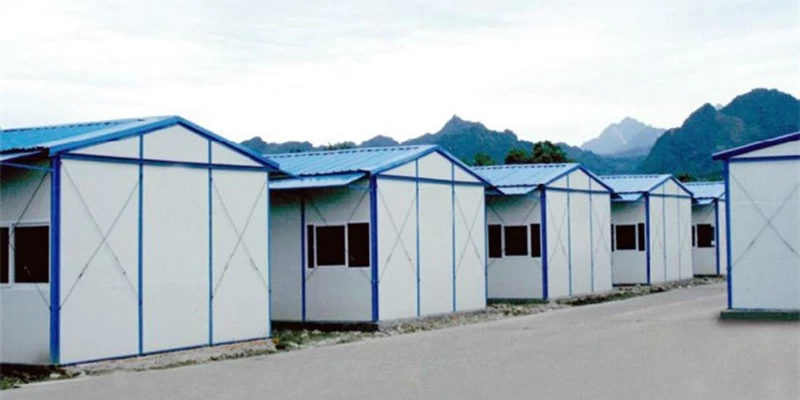
In conclusion, the rise of prefabricated housing represents a shift towards more efficient, sustainable, and cost-effective construction practices. With the expertise of prefab house suppliers, these homes are designed and built to meet the highest standards of quality and customization. As technology continues to advance and consumer preferences evolve, prefab homes are poised to become an increasingly popular choice for those looking to build or buy a new home. The blend of modern manufacturing techniques with traditional architectural design has created a new frontier in residential construction, offering a compelling alternative to conventional building methods.
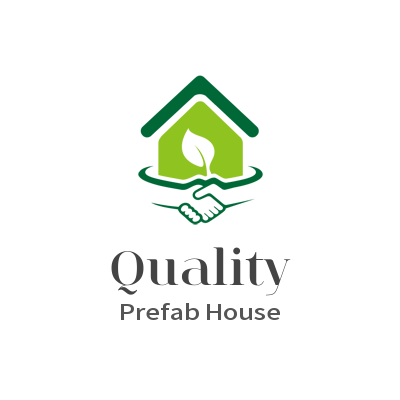
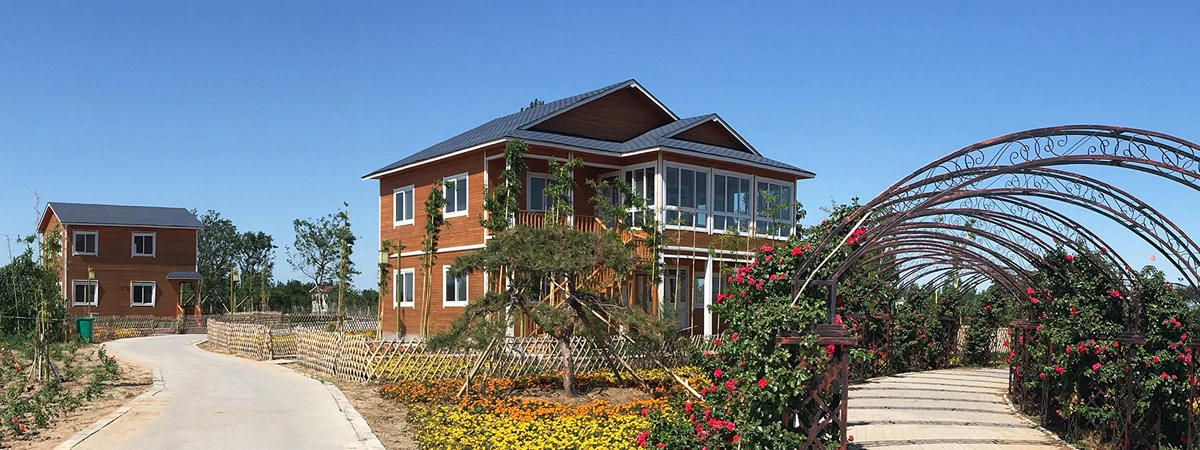
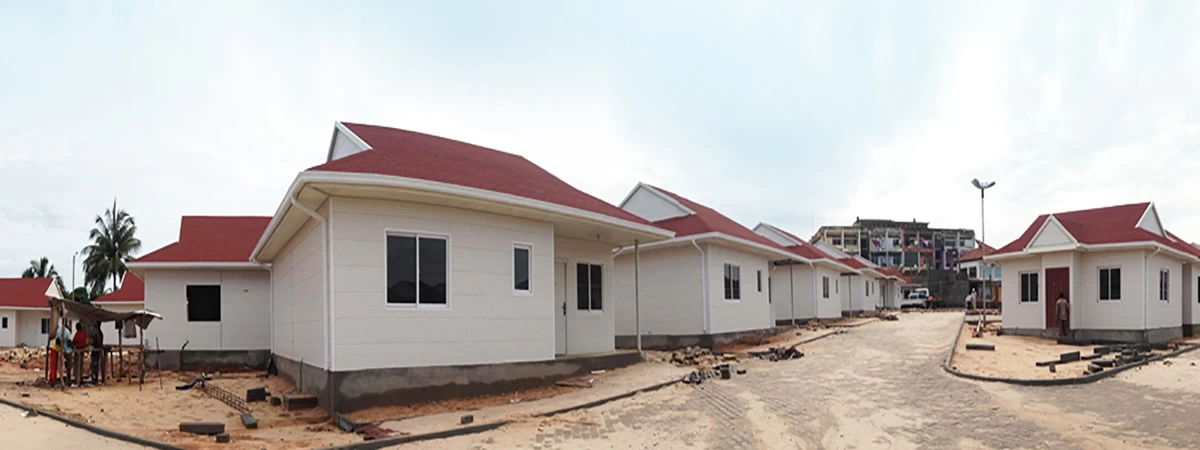
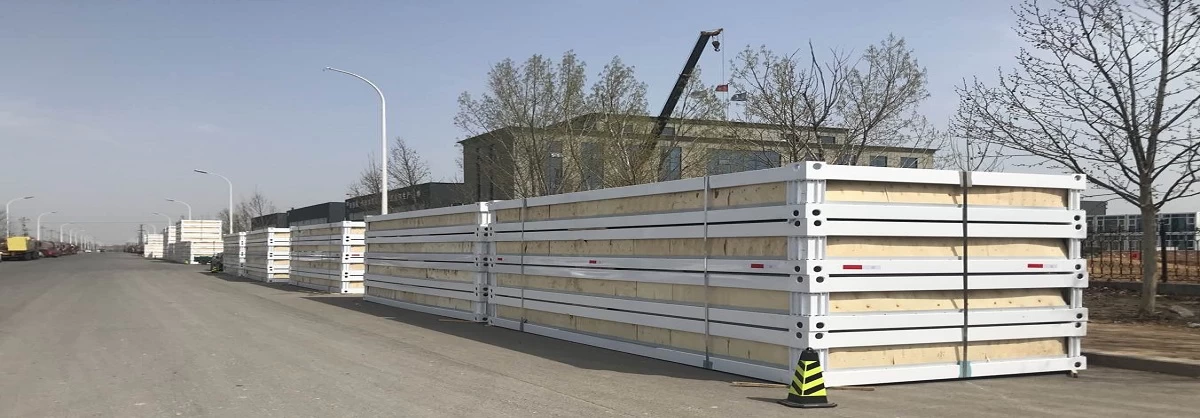
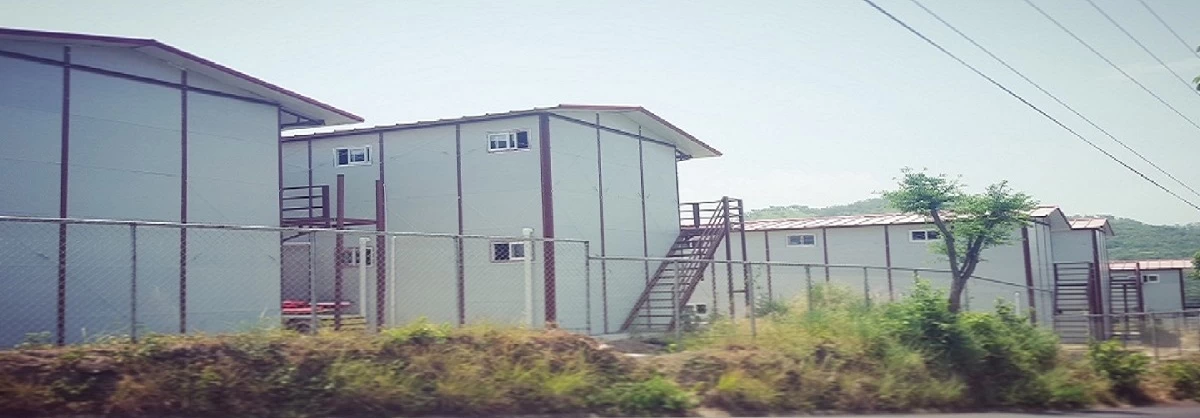


-Heya-Low-Price-Prefab-Villa-Prefabricated-Steel-Structure-Villa-Made-In-China.jpg.webp)
